Some key contents in the 2025 measles diagnosis and treatment guidelines compared to the 2014 guidelines:
Paraclinical
Basic paraclinical: guidelines for diagnosis and treatment of measles 2025, add arterial blood gas when there is respiratory failure and tests to assess inflammatory response: Ferritin, LDH, interleukin when measles has severe infectious complications.
Paraclinical diagnosis: The 2025 measles diagnosis and treatment guidelines add that “if the measles IgM test is negative but clinical symptoms still suggest measles, it can be repeated after 72 hours, or measles PCR can be indicated through nasopharyngeal swab specimens” and “virus isolation from blood and nasopharyngeal swabs in the early stages of the disease”.
Diagnose
The 2025 measles diagnosis and treatment guidelines add risk factors for severe disease progression in children under 12 months of age; people who have not been vaccinated or have not been fully vaccinated; congenital or acquired immunodeficiency; severe underlying diseases; severe malnutrition; vitamin A deficiency; pregnant women.
On the other hand, the new guidelines add suspected cases: history of contact with a measles patient within 7-21 days or living in an area with a measles outbreak; clinical symptoms suggestive of measles (fever and upper respiratory tract inflammation).
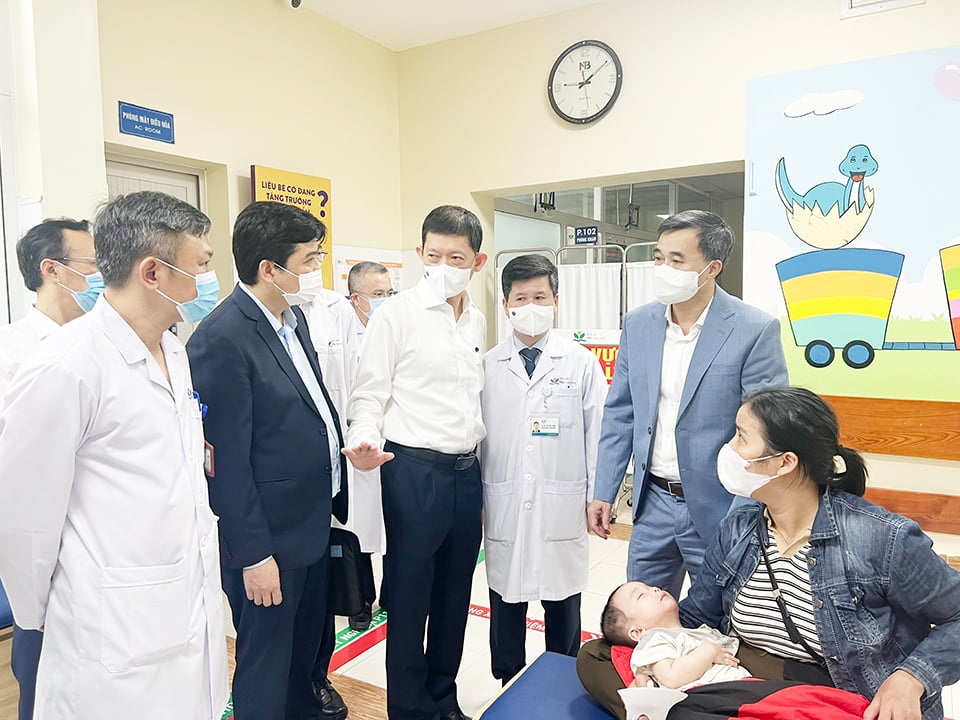
The 2025 guidelines add clinical presentation: fever, cough, rhinorrhea or conjunctivitis, Koplik spots or measles-like rash.
In addition, the new guidelines adjust the diagnosis of suspected or clinical cases of measles, and have a positive IgM antibody or PCR test for measles.
In addition, additional differential diagnosis guidelines with diseases such as Mycoplasma pneumoniae disease, scrub typhus: Epstein-Barr virus infection: purulent meningitis.
Treatment
The new guidelines provide more specific details on the treatment of pneumonia complications in measles patients, respiratory support according to the levels of respiratory failure (diagrammatic).
Regarding the use of intravenous immunoglobulin (IVIG): specific instructions from the indication of severe infection with evidence of increased inflammatory response; rapidly progressive respiratory failure; encephalitis to the intravenous IVIG dose of 0.25 g/kg/day x 3 consecutive days (total dose can be 1g/kg, used for 2-4 days); slow intravenous infusion for 8-10 hours.
New guidelines detail treatment levels for units
In which, the Commune Health Station and private clinics: examine and treat outpatients with uncomplicated measles; refer patients with complicated measles or those with immunodeficiency or severe underlying diseases for treatment.
District hospitals and private hospitals examine and treat measles patients without complications and measles with complications; refer patients with complications of pneumonia requiring oxygen, encephalitis, sepsis, or immunodeficiency or severe underlying diseases for treatment.
Provincial general hospital, regional general hospital, specialized infectious disease or pediatric hospital: examine and treat measles patients in all cases. Consult and guide frontline treatment of severe or difficult-to-treat cases.
Add some content:
In addition, the 2025 measles diagnosis and treatment guidelines add some content: nursing care; patient management, paying attention to longer isolation for immunocompromised people.
Post-exposure prophylaxis: vaccination, use of Immune Globulin (IG) intravenously, or intramuscularly or subcutaneously. Immune Globulin is indicated for post-exposure prophylaxis in some special cases: people with severe immunodeficiency, children under 9 months with severe underlying progressive diseases, consider indications for pregnant women.
Source: https://kinhtedothi.vn/huong-dan-moi-nhat-ve-cach-ly-ca-mac-soi.html








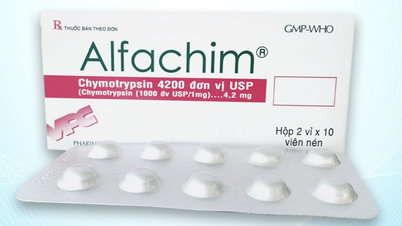

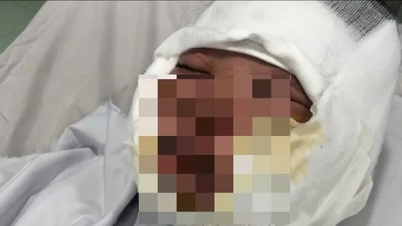

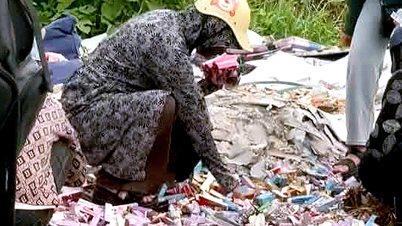













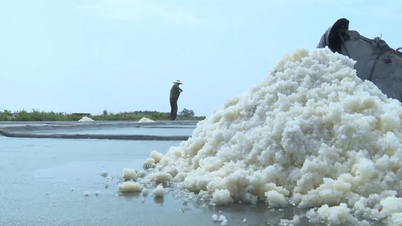























![[Maritime News] Wan Hai Lines invests $150 million to buy 48,000 containers](https://vphoto.vietnam.vn/thumb/402x226/vietnam/resource/IMAGE/2025/6/20/c945a62aff624b4bb5c25e67e9bcc1cb)









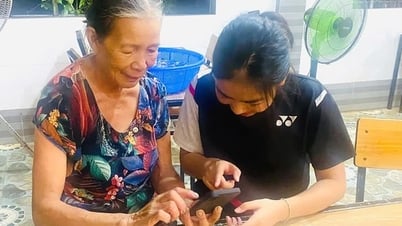




![[Infographic] Party Committee of the Ministry of Culture, Sports and Tourism: Marks of the 2020 - 2025 term](https://vphoto.vietnam.vn/thumb/402x226/vietnam/resource/IMAGE/2025/6/22/058c9f95a9a54fcab13153cddc34435e)








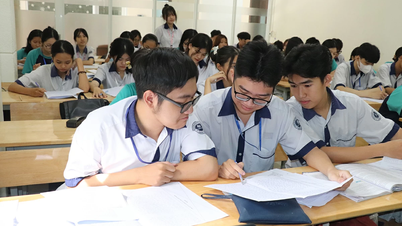
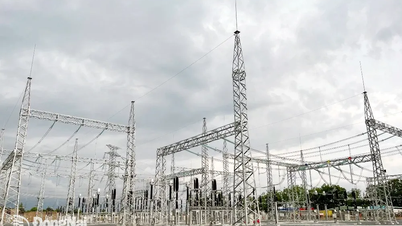
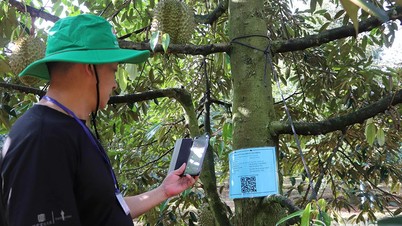













Comment (0)